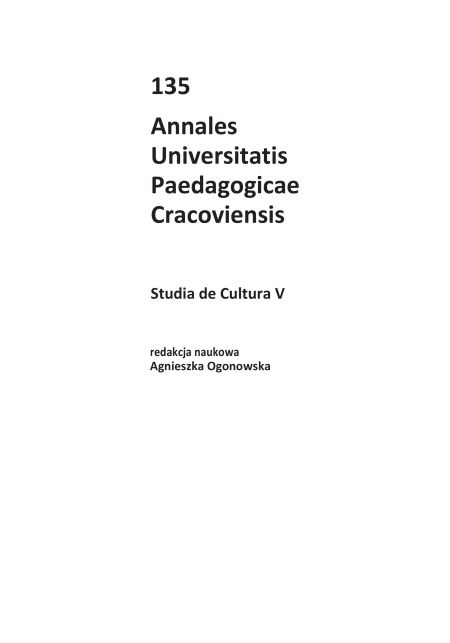Abstrakt
Metamorphosis of Tuwim’s Ball in the Opera in Witkacy’s theatre
Witkacy’s team adapted the poem Ball in the Opera and - without losing the beauty of the poetic word - performed its stage transformation. Theatrical signs, though far from an illustrative character, conveyed the metaphoric sense of Tuwim’s message. The set design was brought to a minimum: consisting of a little cabaret curtain at the actors’ entry and a simple six-arm carrousel, standing on a little podium of an empty dance floor area. Someinstrumentalists, with their specific musical language of jazz, expressed the tensions of the stage action, demarcated by the composition order of the poem, while actors’ actions were subordinated to the choreographic scheme. Figures derived from the poetic narrative, and using its text, built the world of the play, where the ten-person team underwent numerous rapid metamorphoses, evoking an impression of a large crowd. A key role was played by two figures: a grotesque prophet of the oncoming Apocalypse and an evangelical indecent woman, embodied into a final revue heroine. Apart from the stage situations derived from the poem, the spectacle also accommodated some episodes that did not take place in the author’s plan of events, but in a metaphoric nutshell, typical of Tuwim, they diagnosed the presented reality.
Bibliografia
Spektakl Teatru im. S.I. Witkiewicza w Zakopanem, przygotowany na podstawie poematu Juliana Tuwima Bal w operze; premiera 26 II 2005; scenariusz i reżyseria: A. Dziuk; cenografia: J. Polewka; kostiumy: J. Polewka, A. Witich-Wrona, potem E. Dyakowska-Berbeka, K. Nodzyńska; choreografia: G. uski; muzyka: J. Chruściński; obsada: J. Banasik, D. Ficoń, A. Jerzmanowska, K. Pietrzyk, J. Siemaszko, A. Bienias, K. Łakomik, K. Wnuk, M. Wrona, J. Zięba-Jasiński, potem B. Chowaniec oraz Sz. Budzyk; zespół muzyczny w składzie: M. Adamczak – kontrabas, C. Baszyński – trąbka, M. Olma – erkusja, J. Pilch – instrumenty perkusyjne, P. Sokół – trąbka, M. Ślusarczyk – saksofon.
Zobacz w Google Scholar
J. Tuwim (1969), Bal w operze, [w:] tegoż, Wiersze wybrane, oprac. M. Głowiński, wyd. II zmienione, B.N. S. I, nr 184, Zakład Narodowy im. Ossolińskich –Wydawnictwo, Wrocław– Warszawa–Kraków.
Zobacz w Google Scholar

